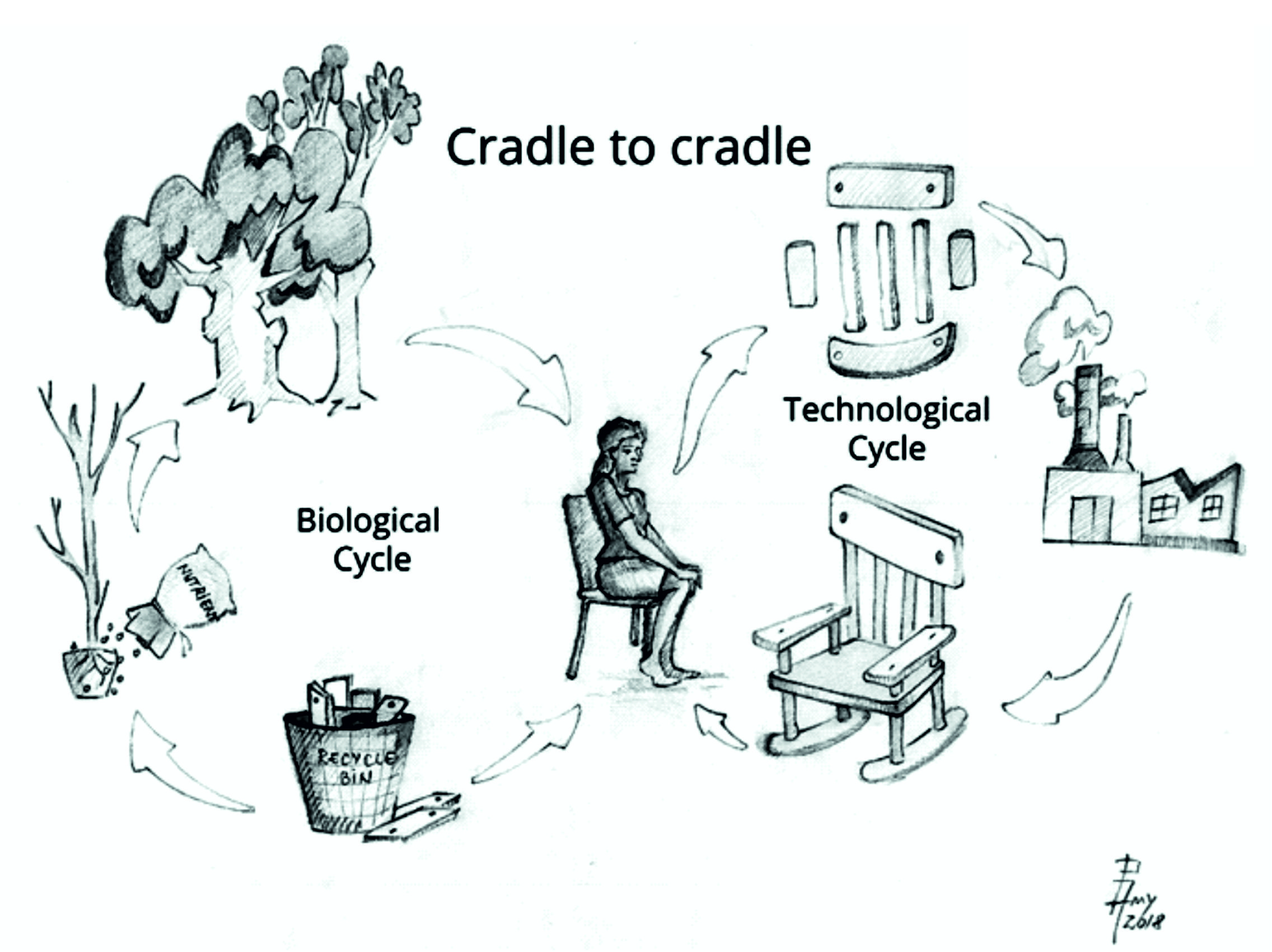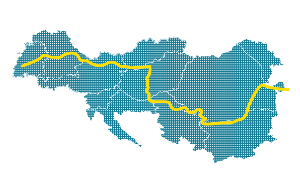MOVECO - a journey in the Circular Economy
This is the fourth article of MOVECO's blog series to give you more insights to the concept of the circular economy. Enjoy reading and to find out more, please visit our platform www.danube-goes-circular.eu and become a member!
To eliminate the concept of waste means to design things – products, packaging, and systems – from the very beginning on the understanding that the waste does not exist[1]
We may start our journey through „ circular economy” having in mind this important phrase that pop up the ideea that nature does not produce waste, using everithing in a close loop into the biological circle. In the circular economy, resources would be continually re-used, based on soem important steps companies should do (6R) having in mind Recover, Redesign, Remanufacture, Recycle, Reuse, Reduce. Based on this sustainable model it becomes very clear that Recycling is only a step, and not the only one, connected to circular economy. By designing products so that they can easily be taken apart all other steps become, important in closing the technological and byological cycles. Some example of how both cycles are connected you may find in the figure, bellow.

Linear economy take - make - use - dispose is still 91% in force[2] and unfortunatelly the development rate creates mor and more linearity within the world. We continue to extract more and more row materials, use more energy and throw away too much food.
Still there are examples, in different countries, that shows companies are really interested in saving resources all over the value chain. One good example is Rombat Company[3] located in Bistrita/Romania a car batteries producer. They are very interested in waste decrease and for that they apply intelligent management of resources by defining maximal norms of consumption, energetic audits, material waste audits, water waste audits within processes (with focus on recycling and reuse in the internal processes). They use design optimization, currently redesigns its portfolio of batteries and runs new projects; in the design projects new materials and technologies are identified based on the following criteria: less energy used, less raw materials, less weight, the same or higher performance.
At the withdrawal of used batteries Rombat applies a collection and recycling system since 2002; in this respect, Rombat has a working point REBAT Copsa-Mica (a town in the centre of Romania), where recovers over 10.000 t of Pb and polypropylene from the used batteries and uses these materials as supplementary sources of raw materials.
Even if there is no structured model to tackle circular economy such as cradle-to-cradle or industrial ecology, steps towards such models are considered: purchasing of equipments and technologies considers ecological issues; use of recycled materials is considered whenever possible; minimization of waste materials in processes is considered. Continuous improvement in relation with waste recovery, recycling and reuse as raw materials is done by collaboration with dedicated centres where batteries are distributed (from Craiova, Constanta and Bucharest), as well as with Rombat distributors. Rombat collects used batteries from population, too. Value added by reuse of recycled materials is created, in Rombat, by recovering 100% Pb from the used batteries and 90% of the polypropylene. In Rombat, the concept “recover-recycle-redesign-reduce-remanufacture-reuse” is very well applied (in 2017, 83,3% from the materials in used batteries were recovered and reused);
Rombat business case is only one example for a company, within Danube Region, that voluntary applies some of circular economy principles on a daily basis, having good results and securing some actual resources for the future through: Recover, Redesign, Remanufacture, Recycle, Reuse, Reduce a model for sustainability that should be shared with other companies in the area as well as within the Danube Region
[1] McDonough, W & Braungart, M: Cradle to Cradle – Remaking the way we do things 2002, first edition , page 104
[2] https://www.circle-economy.com/our-world-is-still-only-9-circular/#.XFLG...

